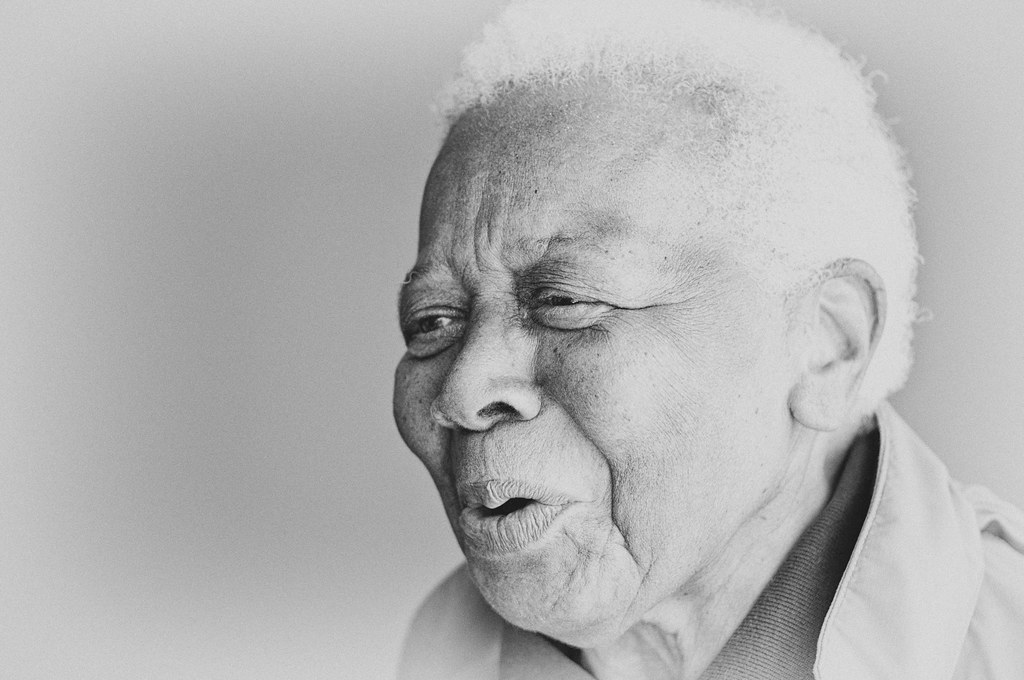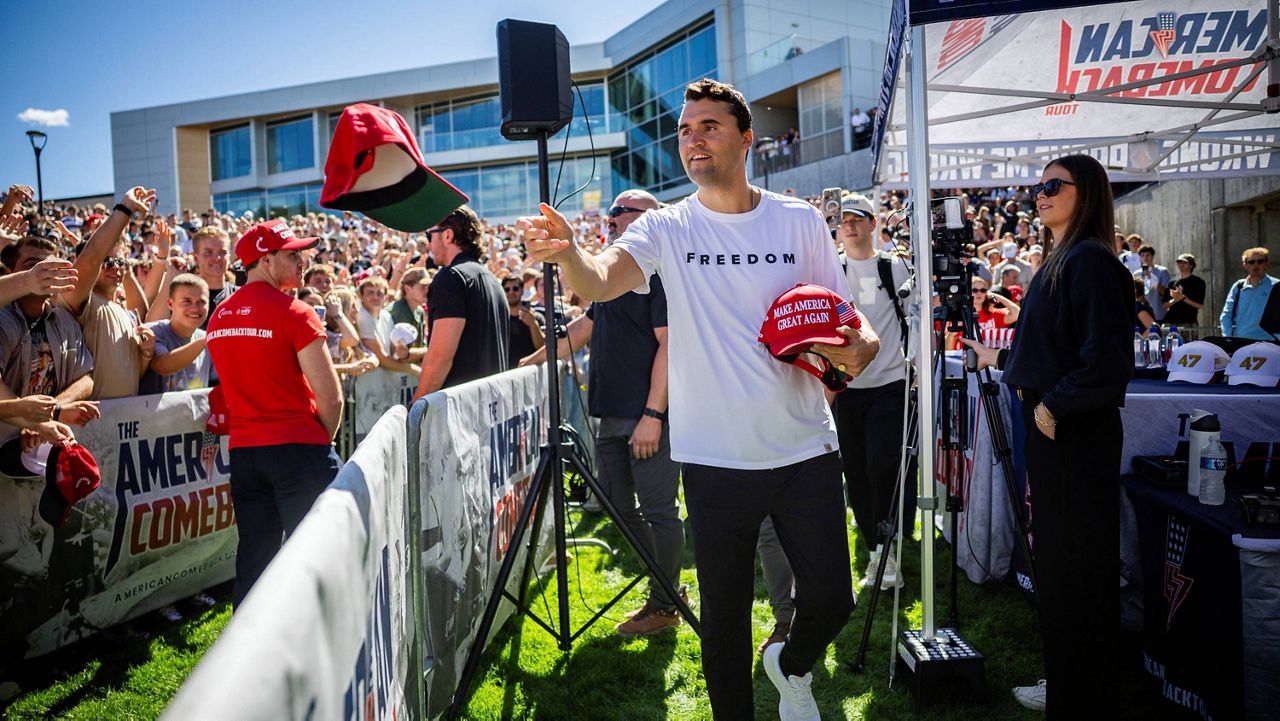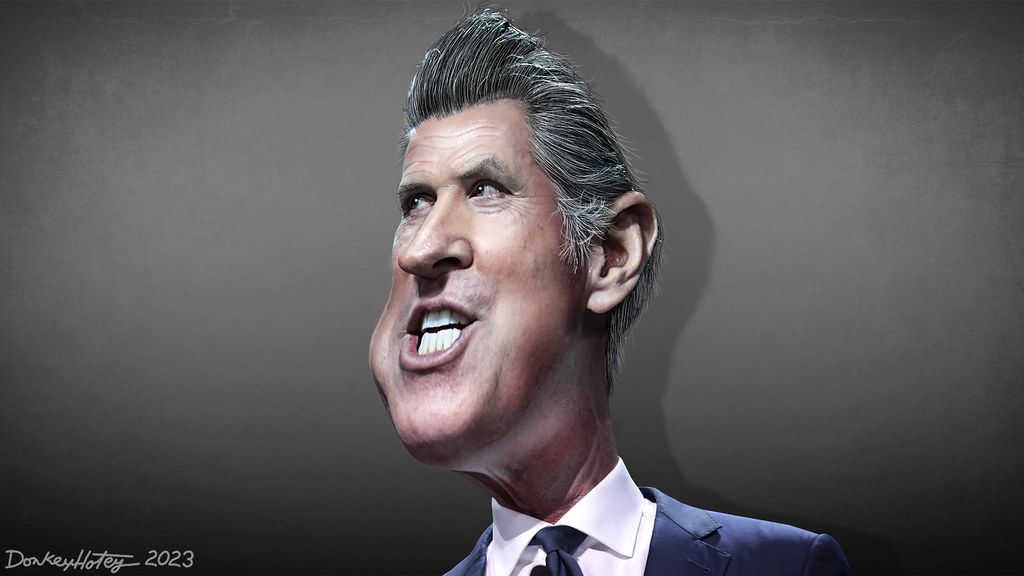
In the vibrant tapestry of California politics, Governor Gavin Christopher Newsom stands as a figure whose trajectory has been marked by a distinctive and often assertive approach to governance. Serving as the 40th governor of California since 2019, Newsom has cultivated a political identity characterized by a readiness to challenge the status quo, confront complex issues head-on, and steadfastly pursue policies that align with his core beliefs, even when met with considerable opposition. This deep dive into his extensive career illuminates a pattern of leadership that can be described as both proactive and uncompromising, a testament to his willingness to meet political challenges with an equally forceful response.
Newsom’s journey to the highest office in California is rooted in a compelling personal narrative. Born in San Francisco on October 10, 1967, he is a fourth-generation San Franciscan from a prominent family with deep ties to the city. His maternal great-grandfather, Thomas Addis, was a pioneering nephrologist and professor of medicine at Stanford University, noted for his groundbreaking research on kidney disease, underscoring a lineage connected to significant contributions.
His early life, however, presented formidable challenges that undeniably shaped his resilient character. Newsom’s parents divorced when he was three, leaving his mother, Tessa, to raise him and his younger sister, Hilary Newsom Callan, largely on her own. Tessa worked tirelessly, often juggling three jobs as a waitress, bookkeeper, and secretary, instilling a profound work ethic in her children amidst financial instability.
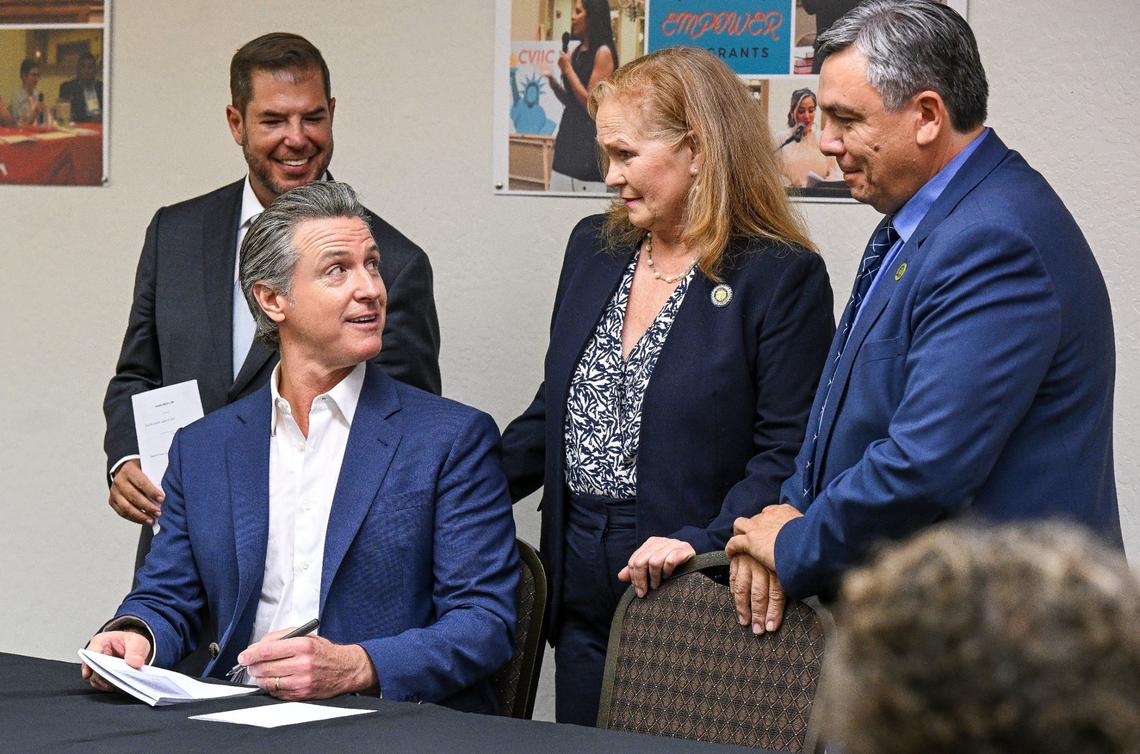
Newsom has openly described his childhood as challenging, compounded by his struggle with “pretty severe” dyslexia, a condition he still experiences today. This learning disability, which affected his ability to read, write, spell, and perform numerical tasks (dyscalculia), necessitated a transfer from École Notre Dame des Victoires, a French-American bilingual Catholic school. He later relied heavily on audiobooks, summaries, and verbal instruction throughout his education, a preference that continues as governor.
In a 2023 interview, Newsom reflected on this formative experience, stating that his dyslexia “forced me to find workarounds and think differently—skills I still use every day as governor.” This early necessity to innovate and adapt, coupled with his mother’s example of perseverance and his father’s habit of donating much of his income which further tightened family finances, pushing Newsom to take various high school jobs like washing cars and working at a local deli, laid the groundwork for his distinctive problem-solving approach.
His educational journey continued at Santa Clara University, where he enrolled on a partial baseball scholarship, graduating in 1989 with a Bachelor of Science in political science. Although elbow surgery ended his varsity baseball aspirations, Newsom has credited the university’s Jesuit education with fostering his independent thinking and skepticism of conventional wisdom. A semester studying abroad in Rome, Italy, during his junior year was another “eye-opening” experience that exposed him to global perspectives, influencing his nascent political career.

Upon graduating, Newsom transitioned into the business world, co-founding the boutique winery PlumpJack Group in Oakville, California, in 1991, with significant financial backing from family friend and billionaire heir Gordon Getty. Getty, who treated Newsom “like a son” and invested in ten of his eleven businesses, cited the “success of the first” as the reason for subsequent investments. This enterprise blossomed into a substantial venture, eventually managing 23 businesses, including wineries, restaurants, and hotels, and employing over 700 individuals.
One illuminating early interaction with governmental bureaucracy occurred when the San Francisco Department of Public Health demanded Newsom install a $27,000 sink in his carpeted PlumpJack wine store, arguing that wine was food and thus required a mop sink. Newsom, a vocal critic of such red tape, later recounted this experience to the San Francisco Examiner, declaring, “That’s the kind of bureaucratic malaise I’m going to be working through.” This incident foreshadowed his later political resolve to tackle what he perceived as inefficient or illogical regulations.
Newsom’s business philosophy was also notable for its encouragement of innovation, even in failure. He reportedly offered a monthly $50 gift certificate to PlumpJack employees whose business ideas did not succeed, emphasizing his belief that “There can be no success without failure.” By 2002, his business holdings were valued at over $6.9 million, showcasing his entrepreneurial success before fully dedicating himself to public service.
Read more about: Texas Democrats Ignite National Redistricting Battle with Dramatic Quorum Break
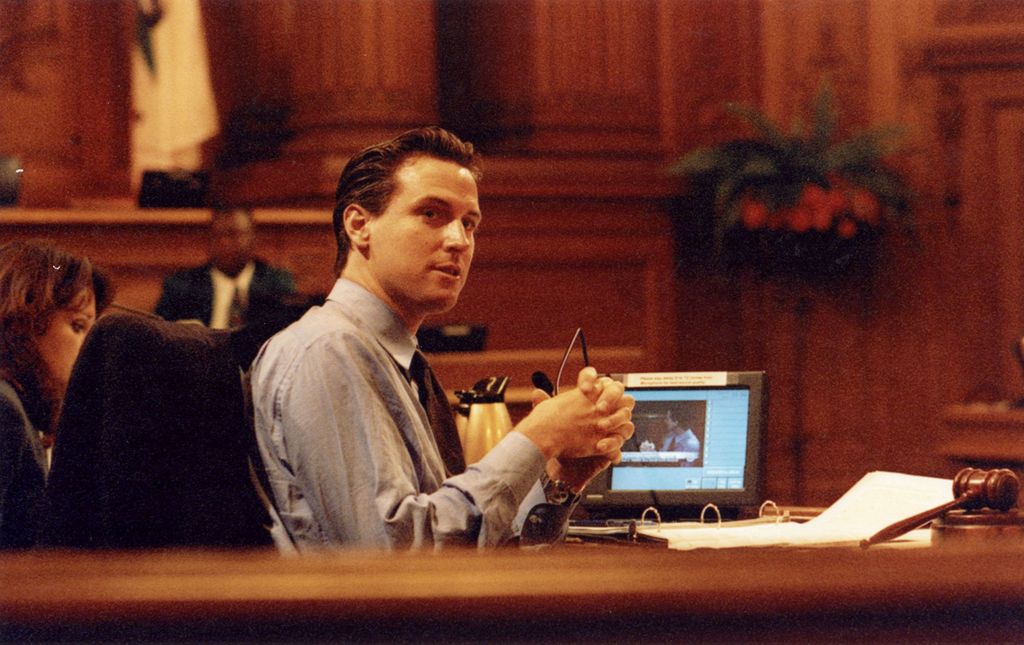
His entry into politics began in 1995 when he volunteered for Willie Brown’s successful mayoral campaign, even hosting a private fundraiser at his PlumpJack Café. Brown subsequently appointed Newsom to the city’s Parking and Traffic Commission in 1996, where he later became president. The following year, Brown appointed him to fill a vacancy on the San Francisco Board of Supervisors, making him the youngest member at the time. Sworn in by his father, Newsom pledged to bring his business acumen to the board, positioning himself as a “social liberal and a fiscal watchdog.
During his tenure as a supervisor, Newsom gained significant public attention. He championed reforms for the city’s municipal railway (Muni) and sponsored Proposition B, which mandated customer service plans for Muni and other city departments, passing with 56.6% of the vote. He also supported public-private partnerships for housing projects, aiming to increase homeownership and affordable housing in San Francisco.
His signature achievement as a supervisor, however, was the voter initiative Care Not Cash (Measure N). This controversial but ultimately successful measure aimed to offer care, supportive housing, drug treatment, and behavioral health assistance to the homeless, in lieu of direct cash aid. Despite fierce protests from “Progressives and Democrats, nuns and priests, homeless advocates and homeless people,” as Newsom himself recounted, the initiative passed, significantly raising his political profile and providing the foundational support for his mayoral bid.
In the 2003 San Francisco mayoral election, Newsom emerged victorious in a hard-fought runoff against Green Party candidate Matt Gonzalez, securing 53% of the vote. He campaigned as a business-friendly centrist Democrat, pledging to continue his work on homelessness and presenting a comprehensive platform of over 21 policy papers. National Democratic figures, including Bill Clinton, Al Gore, and Jesse Jackson, lent their support, underscoring the high stakes of the race for the party.

Newsom’s mayoralty, beginning in January 2004, became a proving ground for his assertive leadership. He garnered national attention that year when he controversially directed the San Francisco city–county clerk to issue marriage licenses to same-sex couples, directly violating a state law passed in 2000. Although the California Supreme Court later annulled these marriages, Newsom’s unexpected move brought immense national attention to the issue of same-sex marriage, solidifying his political standing within San Francisco and the LGBTQ+ community.
His commitment to social welfare continued with the implementation of Care Not Cash, which by 2007, had provided permanent shelter to 5,000 homeless individuals and placed 2,000 into permanent housing. He also spearheaded Healthy San Francisco in 2007, making it the first city in the nation to provide universal health care to its residents. These initiatives underscored his dedication to progressive social policies, even if it meant challenging existing norms or facing opposition.
As lieutenant governor, a position he held from 2011 to 2019, Newsom continued to push for significant reforms. He was the sole statewide politician to endorse California Proposition 47 in 2014, a measure that reclassified certain nonviolent offenses as misdemeanors, which voters subsequently passed. His leadership in convening the Blue Ribbon Commission on Marijuana Policy led to recommendations that informed Proposition 64, legalizing cannabis use and cultivation for adults 21 and older, which he strongly supported.
Newsom’s “fire with fire” approach was vividly displayed in February 2017, when, in response to pro-enforcement statements from the White House, he penned a direct letter to Attorney General Jeff Sessions and President Donald Trump. He urged them not to increase federal enforcement against legal recreational cannabis firms in California, stating unequivocally: “The government must not strip the legal and publicly supported industry of its business and hand it back to drug cartels and criminals.” He further challenged Spicer’s comparison of cannabis to opioids, asserting, “Unlike marijuana, opioids represent an addictive and harmful substance, and I would welcome your administration’s focused efforts on tackling this particular public health crisis.” This incident highlighted his willingness to directly confront federal policy when he believed it undermined California’s interests or public well-being.
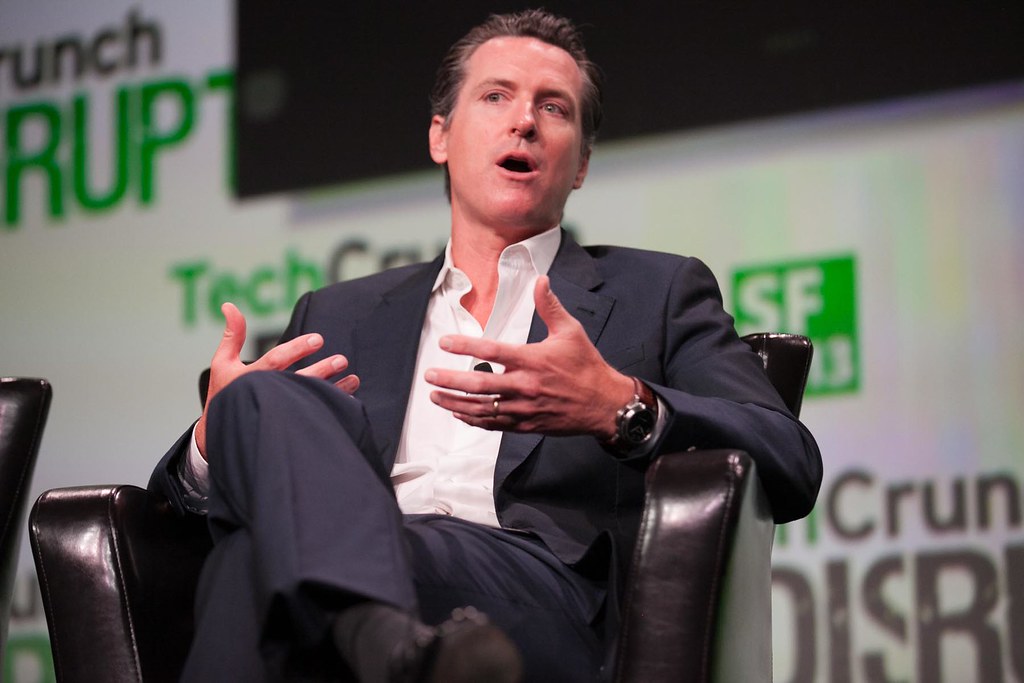
Elected governor in 2018, Newsom’s tenure has been defined by his continued resolve to implement his vision for California. His leadership during the COVID-19 pandemic, which began with a state of emergency declaration on March 4, 2020, involved significant executive actions, including directing local school districts, commandeering facilities, and prioritizing housing for the homeless. His administration’s efforts to ensure meal service for students during school closures, which included picking up meals at libraries, parks, or off-campus locations, illustrated his commitment to mitigating the pandemic’s impact on vulnerable populations.
Despite his comprehensive response, his personal behavior and leadership during the pandemic, including his attendance at a party at The French Laundry in November 2020 despite his public health measures, garnered significant criticism. This, coupled with voter anger over lockdowns, job losses, school and business closures, and a substantial fraud scandal at the state unemployment agency, fueled an unsuccessful recall effort in 2021. However, Newsom successfully campaigned against the recall, with only 38% voting to remove him from office, a testament to his political resilience and capacity to rally support under immense pressure.
Perhaps one of the most striking demonstrations of Newsom’s unyielding stance against policies he views as unjust or ineffective is his moratorium on the state’s death penalty. On March 13, 2019, despite voters having narrowly rejected its repeal just three years prior, Newsom declared a moratorium on capital punishment, preventing any execution as long as he remained governor. This bold move also led to the withdrawal of the state’s lethal injection protocol and the closure of the execution chamber at San Quentin State Prison, effectively halting executions for 737 inmates on California’s death row, then the largest in the Western Hemisphere.
In a CBS This Morning interview, Newsom articulated his principled opposition, stating that the death penalty is “a racist system… that is perpetuating inequality. It’s a system that I cannot in good conscience support.” His further directive in January 2022 to begin dismantling death row in San Quentin, transforming it into a “space for rehabilitation programs,” while condemned inmates were moved to other maximum-security prisons, sparked renewed criticism from Republican opponents who saw it as defiance of the voters’ will. Yet, Newsom’s actions unequivocally underscored his readiness to use executive power to enact his vision of justice, even when it directly countered the results of public referendums.
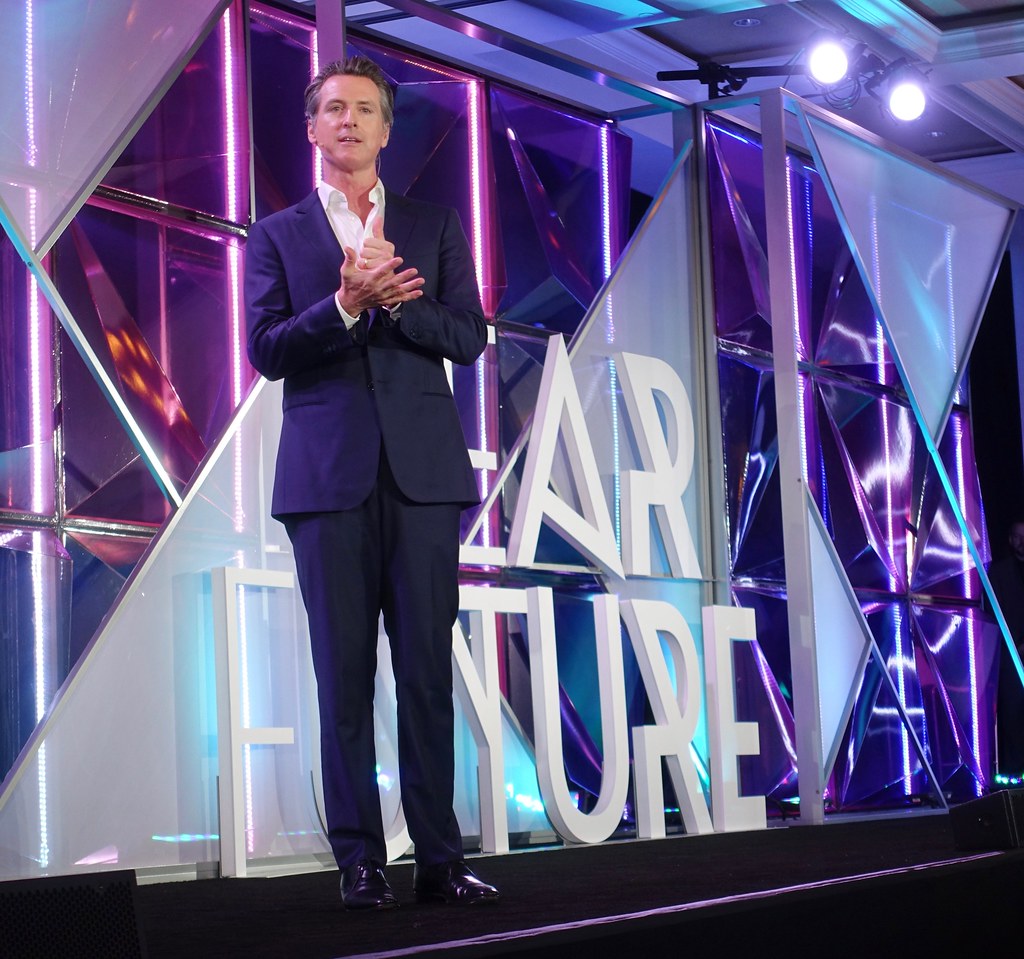
Beyond capital punishment, Newsom has extended his focus on criminal justice to clemency and police reform. In response to the Trump administration’s crackdown on immigrants with criminal records, he prioritized pardon requests from individuals facing deportation, viewing clemency as a means to eliminate grounds for deportation for otherwise legal permanent residents. His initial acts of clemency in May 2019 included pardons for two Cambodian refugees facing deportation, followed by three more in November of that year who had committed crimes as teenagers.
On police reform, Newsom has been a vocal proponent of banning practices like carotid artery restraints and chokeholds, declaring that such tactics have “no place any longer in 21st-century practices.” In September 2021, he signed legislation raising the minimum age for police officers from 18 to 21, restricting tear gas use, banning departments from employing officers with misconduct records, and enacting the George Floyd Bill, which mandates officers to intervene when witnessing excessive force by colleagues. These actions reflect a commitment to systemic change within law enforcement.
Further highlighting his progressive agenda, Newsom signed a bill in September 2020 allowing California transgender inmates to be placed in prisons corresponding with their gender identity, a measure met with a lawsuit from the Women’s Liberation Front claiming it created an unsafe environment for women.
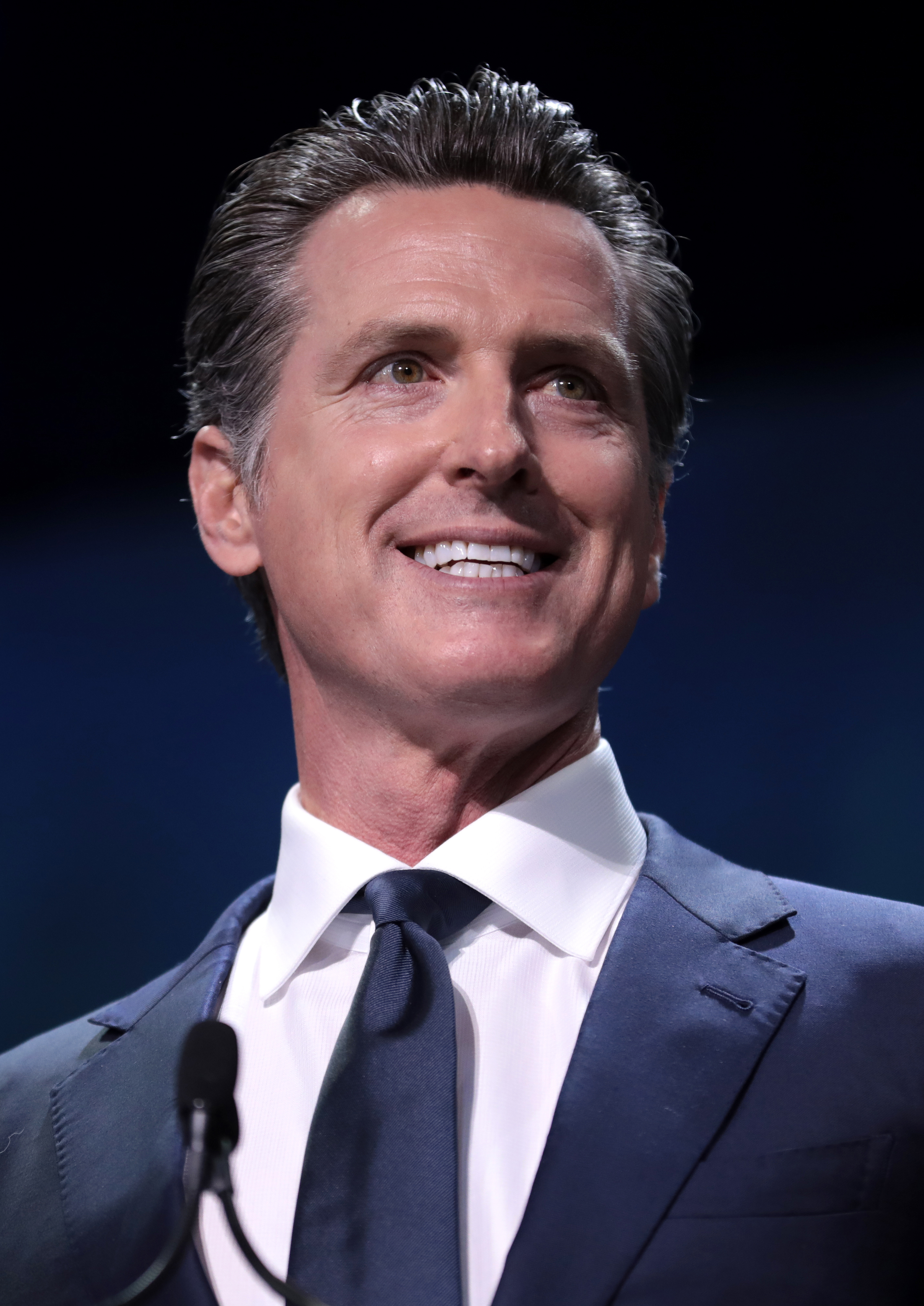
Newsom’s leadership style, characterized by a willingness to confront challenges head-on, is also evident in his efforts to leverage technology for democratic change. His 2013 book, Citizenville: How to Take the Town Square Digital and Reinvent Government, explored the Gov 2.0 movement. Following its release, he partnered with UC Berkeley to launch the California Report Card (CRC), a mobile-optimized platform allowing state residents to “grade” their state on timely issues, exemplifying his belief in direct public involvement via technology. In 2015, he further championed Digital Democracy, an online tool using facial and voice recognition to navigate legislative proceedings.
Read more about: Texas Democrats Ignite National Redistricting Battle with Dramatic Quorum Break
From his early days navigating dyslexia to his entrepreneurial successes and his climb through San Francisco politics to the state’s highest office, Gavin Newsom’s career illustrates a consistent theme: a leader who defines himself not merely by policy, but by his active and often confrontational engagement with the issues of the day. His willingness to take decisive action, even when it means challenging established laws, prevailing public opinion, or federal directives, underscores a deeply ingrained conviction. He has consistently demonstrated a resolve to meet opposition with an assertive pursuit of his vision for California, leaving an indelible mark on its social and political landscape. As California continues to face complex challenges, Newsom’s unwavering and often bold approach ensures that his leadership will remain a subject of considerable scrutiny and, undoubtedly, continued impact.

